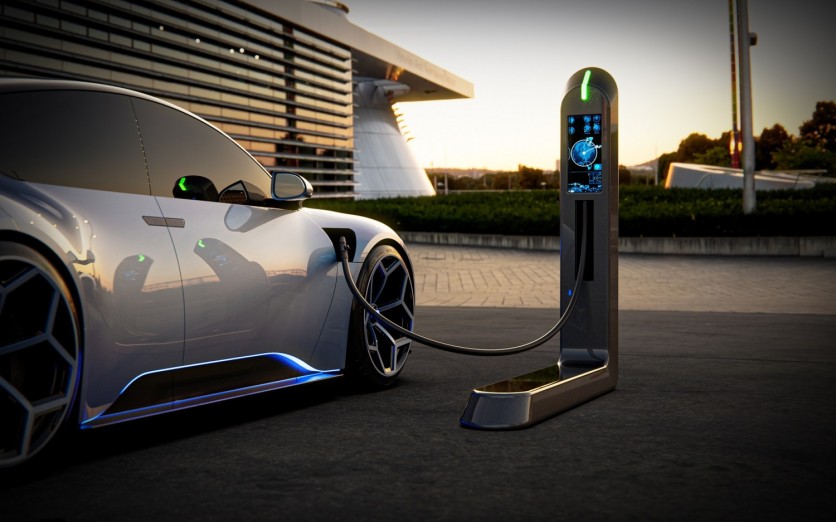A recent study published in the Journal of Epidemiology and Community Health suggests that pedestrians in Great Britain may face twice the risk of being struck by electric or hybrid cars compared to those powered by gasoline or diesel.

Heightened Risk of Electric or Hybrid Cars
This heightened risk, particularly pronounced in urban areas, may signify the necessity for governments to address safety concerns as they transition away from fossil-fueled vehicles to combat climate change and enhance air quality.
The study examined casualty rates from 2013 to 2017, and it highlights road traffic injuries as a leading cause of death for children and young people, with pedestrians accounting for one in four road traffic deaths. The researchers stress the urgency of mitigating this safety hazard amid the increasing adoption of electric and hybrid vehicles.
The concerns surrounding the safety of pedestrians stem from the quieter nature of electric and hybrid cars, especially in urban environments where background ambient noise levels are more significant.
To investigate this further, the study analyzed pedestrian casualty rates per 100 million miles of road travel in Great Britain, comparing electric/hybrid vehicles to gasoline/diesel vehicles with the help of the Road Safety Data and National Travel Survey data.
Their analysis encompassed 32 billion miles of electric/hybrid vehicle travel and 3 trillion miles of gasoline/diesel vehicle travel. Among the 916,713 casualties from reported road traffic collisions during the study period, 120,197 involved pedestrians, with 96,285 pedestrians struck by a car or taxi.
The data revealed that while the majority of pedestrian collisions involved gasoline or diesel vehicles, a notable proportion - 2% - involved electric or hybrid vehicles.
Moreover, collisions with pedestrians were twice as likely with electric and hybrid vehicles compared to gasoline and diesel vehicles, particularly in urban areas where the risk was three times higher, according to the research team.
Limitations on the Findings
The researchers acknowledge limitations to their findings, such as the absence of data beyond 2017 and missing vehicle coding in almost a quarter of cases.
They also highlight the possible impact of younger, novice drivers, who have a higher likelihood of being engaged in road accidents and owning electric cars, potentially exacerbating the identified elevated risk linked with these vehicles.
Despite these caveats, the study underscores the need for proactive measures to address the safety implications of electric and hybrid vehicles, especially in urban settings.
The researchers advocate for strategies to safeguard pedestrians, emphasizing that the transition away from gasoline and diesel cars must prioritize public safety.
Expert Reaction to the Study
Emeritus Professor of Applied Statistics at the Open University, Kevin McConway, who is not involved in the research, commented that while the study is interesting, it has limitations, including the inability to explain why pedestrian collision rates are higher with electric or hybrid cars.
He suggested that various factors, such as differences in driving behavior or demographics of drivers, could contribute to this disparity.
"The researchers mention that drivers of electric and hybrid cars tend to be younger, and that younger, inexperienced drivers tend to have more collisions, but that's not the only possible reason that's not directly to do with the car's engine type. This type of research can't distinguish between all these possibilities, and that's why further research would be needed," McConway said in a statement with the Science Media Centre.
Related Article : Tesla's Woes Continue With China-Made EVs, Sales Fall 18%





